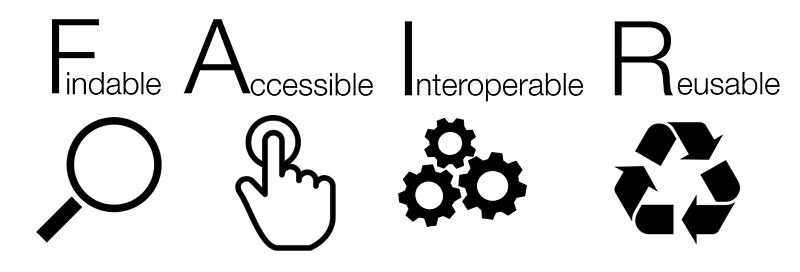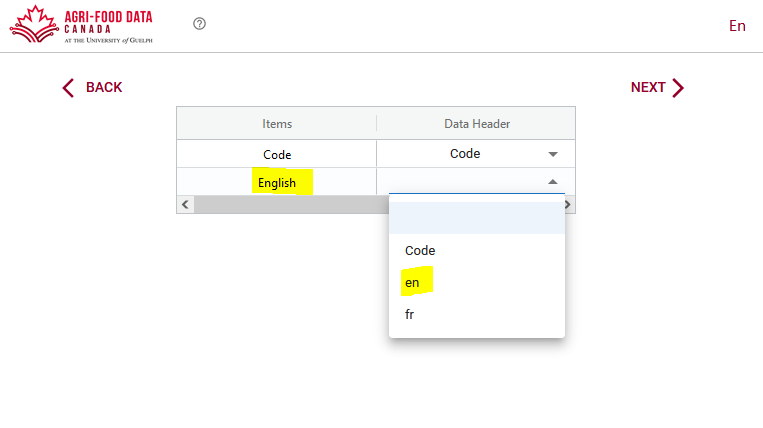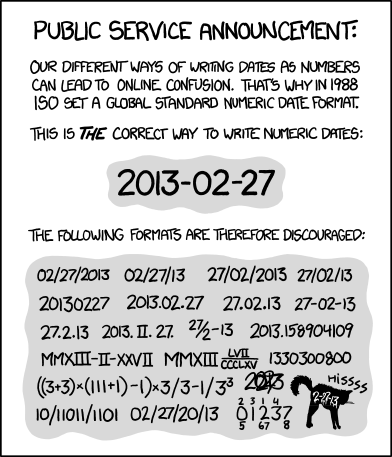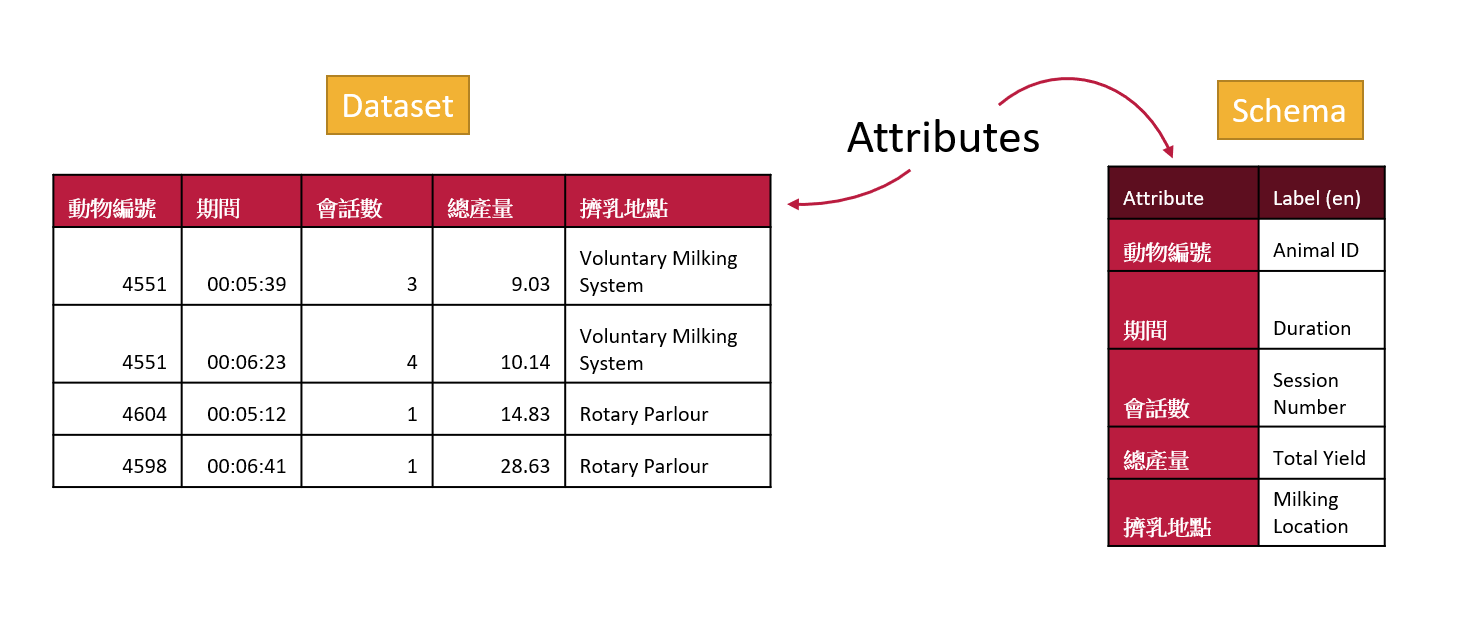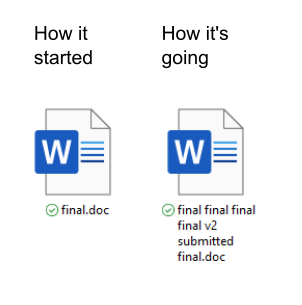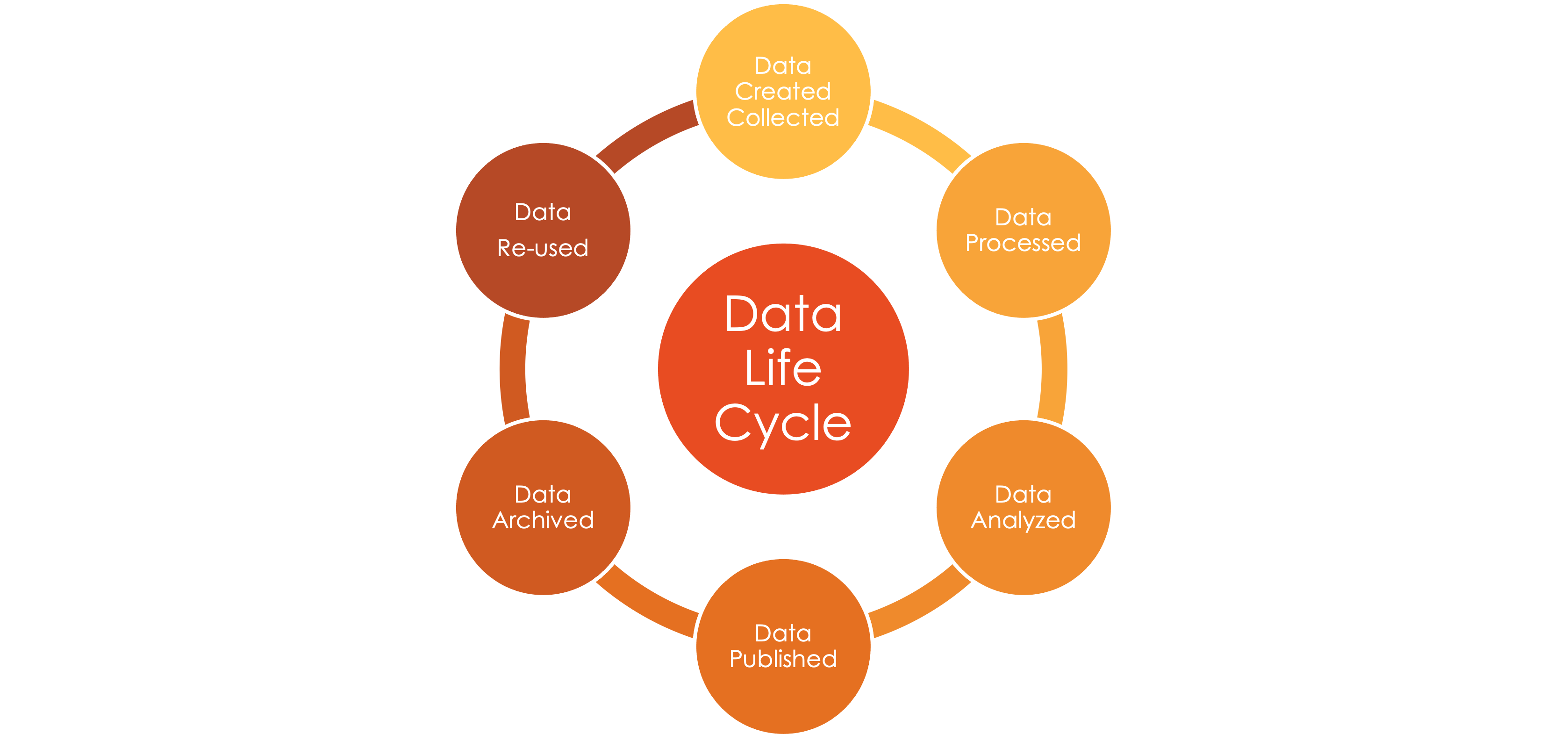Funding for Agri-food Data Canada is provided in part by the Canada First Research Excellence Fund
The I in FAIR
Findable Accessible (where possible) Interoperable Reusable Oh my INTEROPERABILITY! What a HUGE word this is and let’s be honest are we all comfortable with what it means? Remember data – interoperability….. Ah but let’s start with a silly and very basic example first: a tool – more specifically a wrench. Tools, let’s think about a…
ViewEntry code importing
The Semantic Engine has gotten a recent upgrade for importing entry codes. If you don’t remember what entry codes are, they help with data standardization and quality by limiting what people can enter in a field for a specific attribute. You can read more about entry codes in our entry code blog post. Now, the…
ViewEnsuring Code Consistency and Reproducibility with R projects and renv in R Studio
Ensuring code consistency and reproducibility is paramount. Imagine collaborating on a project where each member uses different package versions, leading to inconsistencies in the results obtained. One of the fundamental steps in ensuring reproducibility is setting up an organized and self-contained R project and leveraging renv, an R package manager, providing a robust solution to…
ViewAdding quality comments to datasets
You are using a dataset and you come across some missing values, or unusual entries like NA or ND. What do these mean? Why is there data missing? Quality indicators of individual measurement or observation data can be included directly in your data and will help users of your data understand your data and use…
ViewWhat do you mean you don’t use ISO 8601?
As researchers, we’re no strangers to the complexities of data management, especially when it comes to handling date and time information. Whether you’re conducting experiments, analyzing trends, or collaborating on projects, accurate temporal data is crucial. Like in many other fields, precision is key, and one powerful tool at our disposal for managing temporal data…
ViewThe R in FAIR
Findable Accessible (where possible) Interoperable Reusable I believe most of us are now familiar with this acronym? The FAIR principles published in 2016. I have to admit that part of me really wants to create a song around these 4 words – but I’ll save you all from that scary venture. Seriously though, how many…
ViewAttributes and labels in OCA
When you document your data schema using the Semantic Engine, you are writing a schema in the schema language of Overlays Capture Architecture (OCA). Let’s do a deeper dive into one of the features of OCA. Attributes in OCA When you start using the Semantic Engine, you can either drag and drop your dataset, or…
ViewEnhancing Livestock Research with Seamless Data Integration
In the rapidly evolving landscape of livestock research, the ability to harness data from diverse sources is paramount. From sensors monitoring animal health to weather data influencing grazing patterns, the insights derived from integrated data can drive informed decisions and innovative solutions. However, integrating data into a centralized livestock research database presents a myriad of…
ViewWriting better file names
We first talked about writing filenames back in a post about Organizing your data: Research Data Management (RDM) To further improve your filenaming game, check out a naming convention worksheet from Caltech that helps researchers create a great filenaming system that works with their workflows. Example: My file naming convention is “SA-MPL-EID_YYYYMMDD_###_status.tif” Examples are “P1-MUS-023_20200229_051_raw.tif”…
ViewDocumenting your work- Statistical Analysis (RDM continued)
How many of you document your statistical analysis code? SAS and R users, do you add comments in your programs? Or do you fly by the seat of your pants, write, modify code, and know that you’ll remember what you did at a later time? I know we don’t have the time to add all…
View


